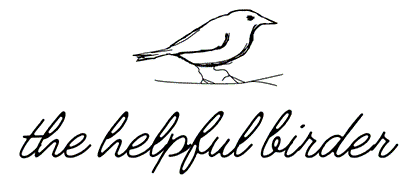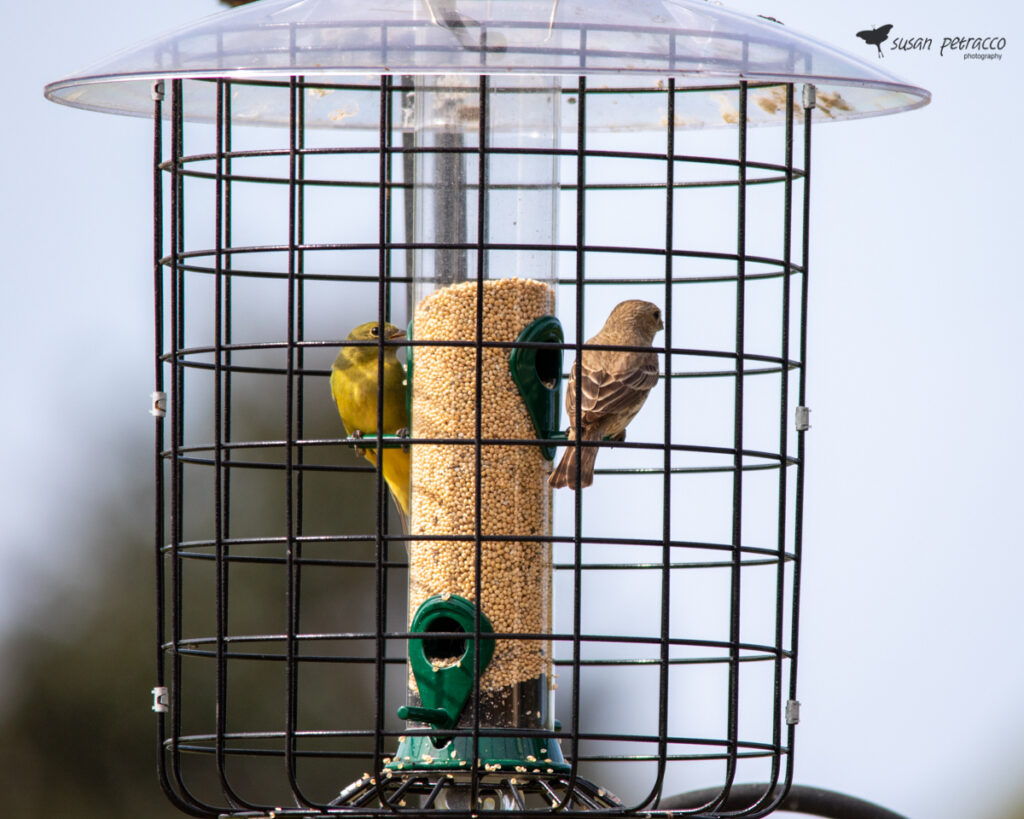When I went to Bird Fair in England in August of 2019, one of the speakers I heard was Dominic Couzens, a British birder and author. He gave a presentation about 10 Birds to See in Your Lifetime. It was quite an entertaining talk! Afterwards I purchased a copy of his book, 100 Birds to See in Your Lifetime: The Ultimate Wish-List for Birders Everywhere, and I’m now the proud owner of a signed copy of this beautiful book.
There were some that I personally agree with, but it left out others I would want to see. It left me thinking what my personal list would be. What are the bird species I most want to see in my lifetime, and why?
That’s when I decided to come up with my Bird Species Bucket List.
2021 Update – I crossed two species off my list this year! I saw puffins from a boat trip out of Boothbay Harbor, Maine, in July. And I saw green jays during fields trips when I attended the Rio Grande Valley Birding Festival in November! I feel like 2022 is the year of the great white heron, since it’s doubtful I will see the international species anytime soon due to COVID.
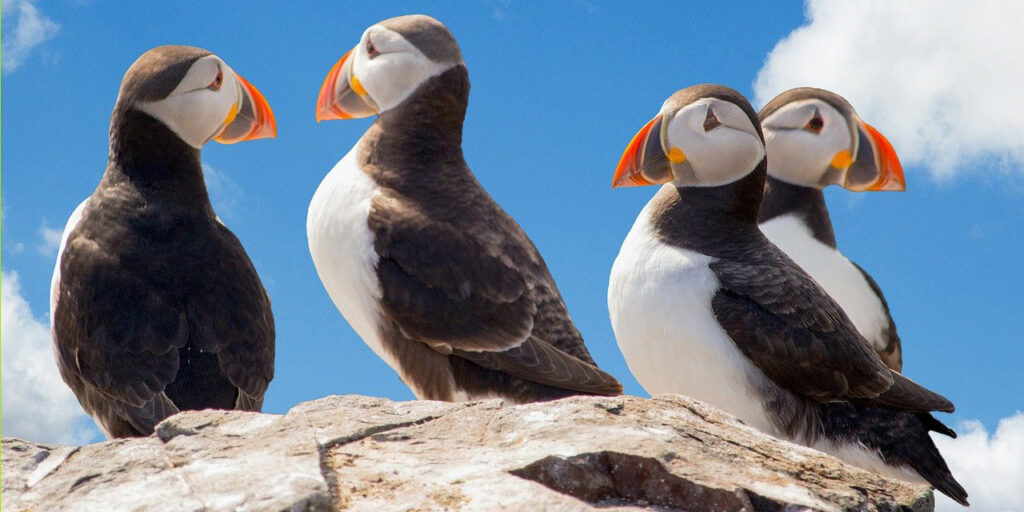
Atlantic Puffin (saw in 2021) – any puffin would actually work here, but when I got to go to Bempton Cliffs in England we were just past the puffin nesting season. We were so close! It was an amazing trip anyway, with probably 30,000 northern gannets nesting, so I’m not complaining. But I still want to see Atlantic Puffins.
Lilac-Breasted Roller – such a colorful bird, and it has the added benefit of being found in Africa, where I want to go for so many other reasons too!
Splended Fairywren – or any other fairywren for that matter. They’re just gorgeous.
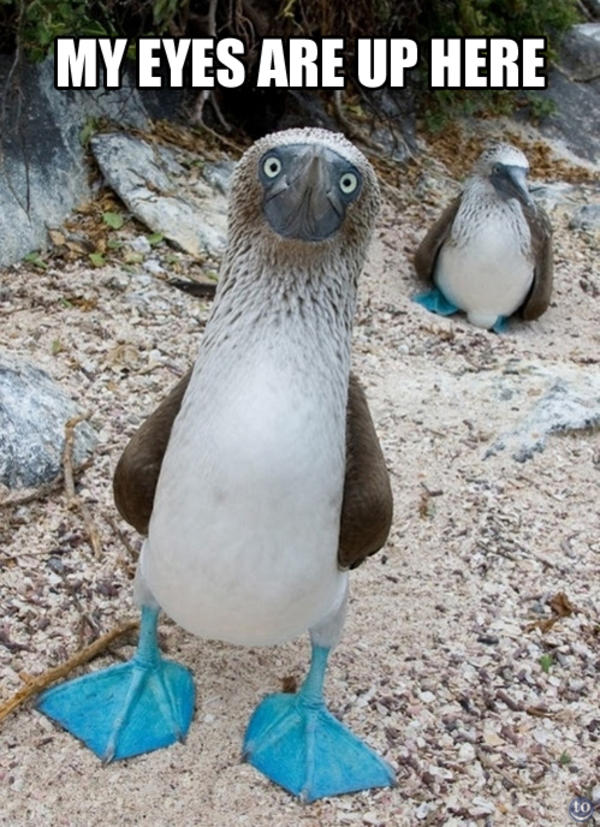
Blue-footed booby – seriously I just want to see these because of this meme, which is likely my favorite meme ever. I have seen masked boobies and brown boobies, so it will have to be the blue-footed booby too. (I’ll take a red-footed but it doesn’t count, sorry birb LOL)
Green Jay (saw in 2021) – I lived in Texas for 5 years but alas it was before I became a birder. I definitely want to go birding down by the Rio Grande! And the green jay would be my top target bird there. They look so different from other jays. (I also could easily put pyrrhuloxia, the golden-fronted woodpecker, and a great kiskadee on this list too. And likely others I’m not thinking of right now.)
Snowy Owl – the holy grail of raptors. We actually had one spend some time in Jacksonville several years ago, but again it was before I had gotten interested in birds.
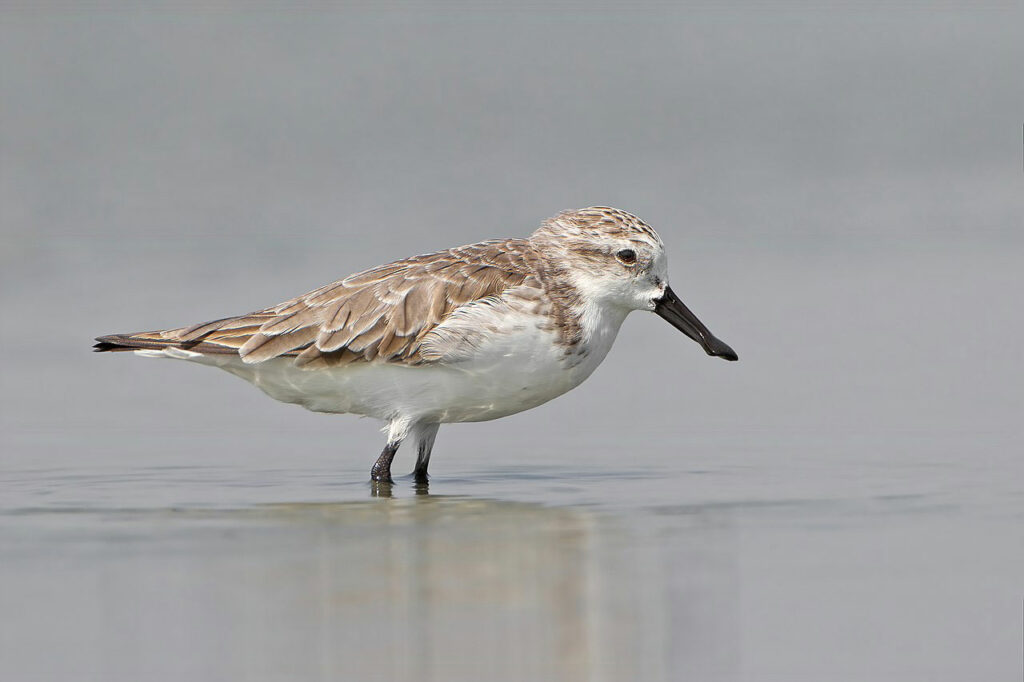
Spoon-billed Sandpiper – This is a majorly endangered species in Russia and southeast Asia. In 2000, the breeding populating is estimated at 350-500 individuals. In addition to the status, they’re special because they’re just so darned cute. They look like any other sandpiper (like you might see on the beach), except the end of their bill has a spoon on it!
Common Kingfisher – Well this is the one bird I missed seeing on my trip to England. I wasn’t thinking about it properly when we were in the right location to see it, and by the time I remembered, we weren’t in the right habitat anymore. I love our belted kingfishers in the US, so one day I’ll make it back to Europe and get this one too!
Tiger Heron – I’m not picky here. There are three species that I’m aware of. All are located in Central or South America. They’re just really cool-looking herons.
Great White Heron – Speaking of herons…this is a major nemesis bird for me because I’ve gone chasing it at least three times. Great white herons are (depending on who you talk to) a color morph of the great blue heron, a subspecies of the same, or a completely separate species. They are generally found in the Florida keys, but have been seen further north, including the Merritt Island National Wildlife Refuge and, I believe, St. Mark’s National Wildlife Refuge.
There you have it – I think – my top 10 bucket list birds! I hope I can have a chance to see them all someday. Of course, as soon as I see one I’m sure I’ll add another bird to the list, but isn’t that what makes birding so amazing?
